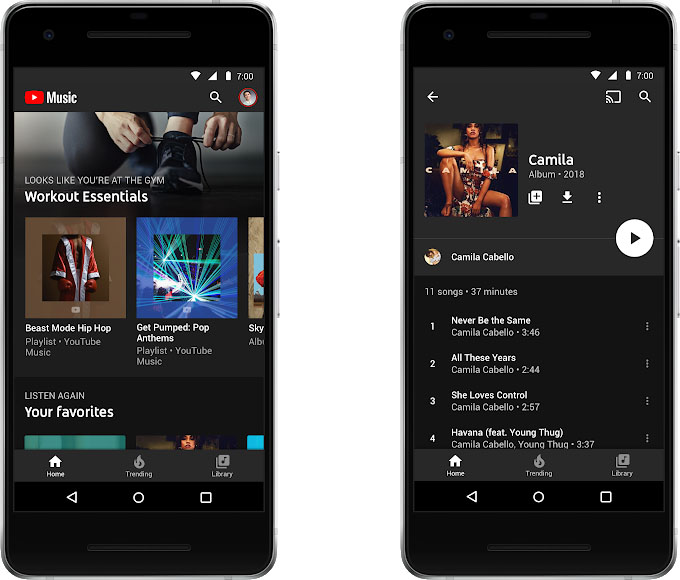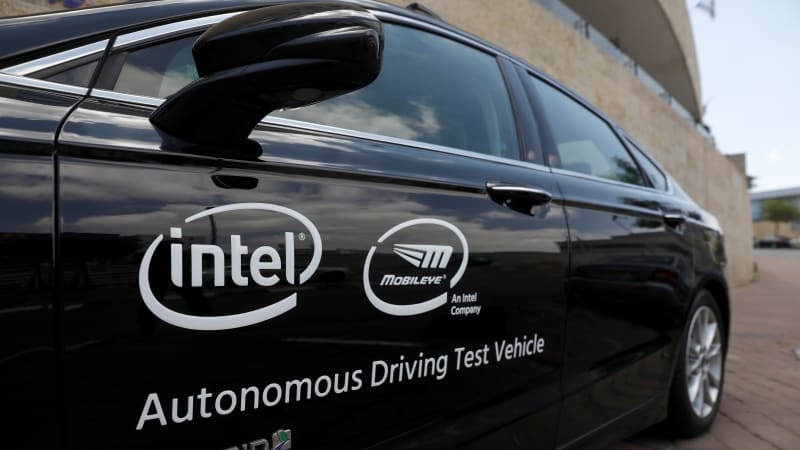JERUSALEM — Mobileye, Intel Corp’s Israel-based autonomous driving unit, has signed a contract to supply 8 million cars at a European automaker with its self-driving technologies, a company official told Reuters.
Financial terms of the deal and the identity of the automaker were not disclosed.
The deal, one of the largest yet for Mobileye, is a sign of how carmakers and suppliers are accelerating the introduction of features that automate certain driving tasks — such as highway driving and emergency braking — to generate revenue while technology to enable fully automated driving in all conditions is still years away from mass-market deployment.
The deal for the advanced driver assisted systems will begin in 2021, when Intel’s EyeQ5 chip, which is designed for fully autonomous driving, is launched as an upgrade to the EyeQ4 that will be rolled out in the coming weeks, said Erez Dagan, senior vice president for advanced development and strategy at Mobileye.
Intel and Mobileye are competing with several rival chip and machine vision system manufacturers, including Nvidia Corp., to provide the brains and eyes of automated cars.
The future system will be available on a variety of the automaker’s car models that will have partial automation — where the car is automatically driven but the driver must stay alert — as well as models integrating a more advanced system of conditional automation.
Mobileye, bought by Intel last year for $15.3 billion, says there are some 27 million cars on the road from 25 automakers that use some sort of driver assistance system and Mobileye has a market share of more than 70 percent.
“By the end of 2019, we expect over 100,000 Level 3 cars with Mobileye installed,” said Amnon Shashua, Mobileye’s chief executive.
In Level 3, the car is self-driving but the driver has about 10 seconds to take over if the system is unable to continue.
Mobileye is working with a number of automakers, such as General Motors — for its Super Cruise system — Nissan, Audi, BMW, Honda, Fiat Chrysler and China’s Nio, to supply its Level 3 technologies by next year.
At its Jerusalem headquarters, Mobileye is also testing a more advanced Level 4 technology in Ford Fusion hybrids with 12 small cameras installed and four of the soon-to-be-released EyeQ4 chips in the trunk. In a test witnessed by Reuters reporters, these cars are able to drive on Jerusalem highways in midday traffic with no driver interference.
Mobileye says that while its Level 4 systems will start production in 2021, many of its technologies are relevant to creating systems that may soon be purchased by consumers.
Shashua said that based on commitments from automakers, self-driving taxis – called robo-taxis – should start hitting roads around 2021.
“When designing our system we are looking at all what can be used today, in a year, in two years and then the robo-taxi,” Shashua said.
He noted that about that time, some of the more expensive luxury cars for personal use, and possibly some medium-priced vehicles, will use the same technologies – for an extra cost of about $12,000 per car.
As a result, in a few years’ time, roads will be comprised of both human drivers and self-driving cars, which is why safety is paramount, Shashua said. He added that while there are 40,000 fatalities on U.S. roads each year, society won’t accept that number from self-driving cars, although perhaps about 40.
As such, Shashua said, autonomous cars cannot rely on just cameras. To prevent accidents and for the system to make the best driving decisions, it needs to process data from a combination of cameras, high-definition maps, radar and laser scanners called lidar, he said.
Shashua said test vehicles were made to drive like humans, and in Jerusalem they were assertive, given the “driving culture is very assertive.”
“On one hand you want to be safe but on the other hand assertive,” he said, noting that being too hesitant can cause impatience from other drivers and lead to accidents. “In the future, the system will observe other drivers on the road and after a certain amount of time adapts to driving conditions … It’s not unlike a human experience.”
One issue in designing self-driving cars is how to define what is a dangerous situation. “When you look at driving laws, they are comprehensive but not formally defined,” Shashua said, adding that may ultimately be resolved by courts. “We would like to formalize these things in advance to allow machines not to get into dangerous situations to begin with.”
Reporting by Steven Scheer
Related Video:





